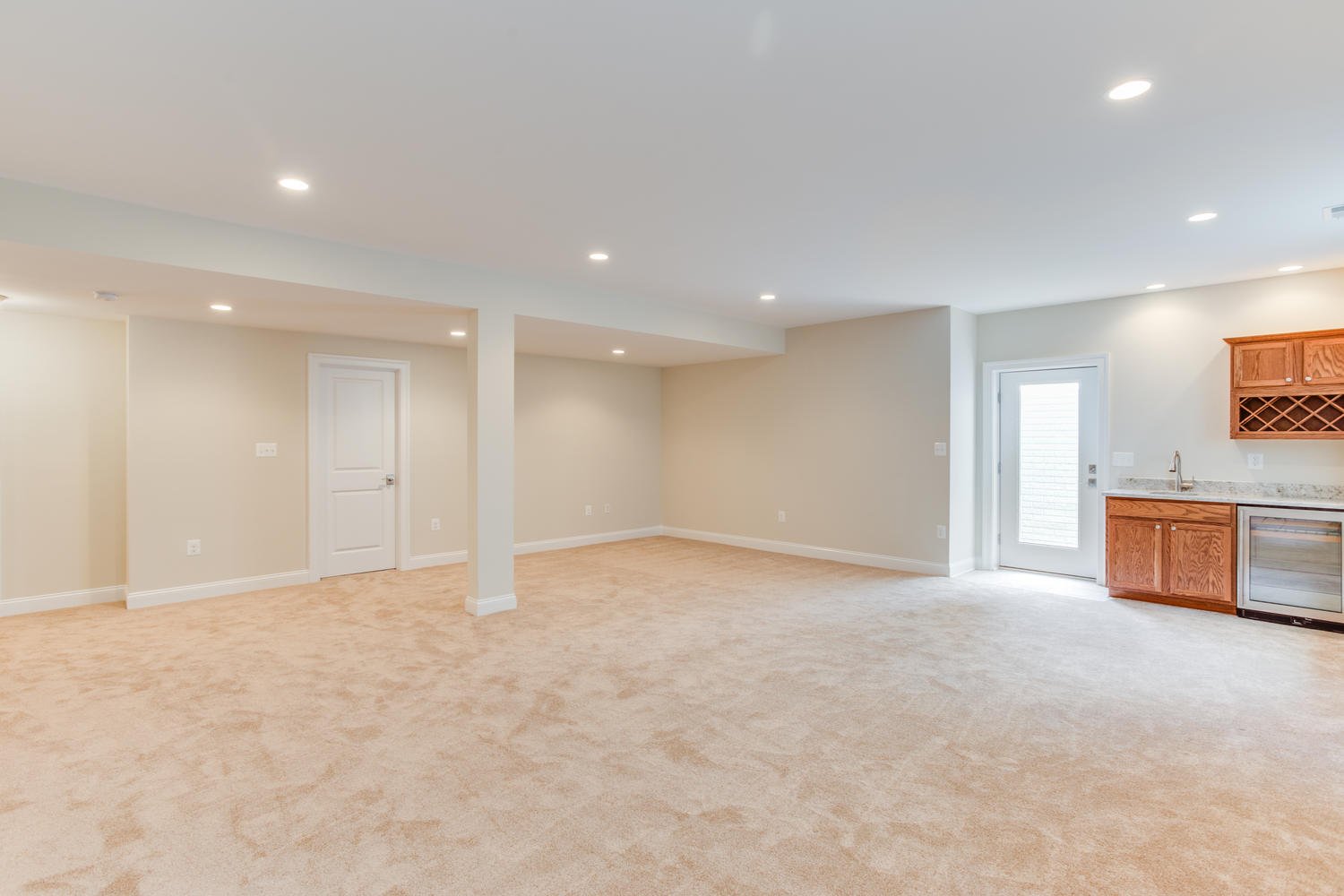
One of the easiest ways to “add a new room or rooms” to your home is to better utilize the space you already have. Most basements are dark areas where we store seasonal decorations, old toys, sporting equipment and anything else not used on a regular basis.
But, perhaps it is time you reconsider how you use your basement? Basement remodeling is a cost-effective way to greatly expand your home’s living space. Suddenly you could have a guest room, a children’s play room, a home office, a recreation room—the possibilities are only limited by your imagination.
Below are eight easy steps to basement finishing.
1. Solve Basement Water Problems First
Even if your basement rarely has problems with dampness or flooding, it’s best to solve the problem completely before beginning any remodeling work. A finished basement is only as good as the thoughts behind it and the quality of work that made it.
Permanent solutions can take time to implement. A good place to start is to talk to a local home inspector who specializes in basement or foundation waterproofing problems.
2. Decide on the Best Use of Your Basement
Consider using the space for activities for which typical basement characteristics offer natural advantages.
The lack of light is useful when setting up a home theater or a dark room. The isolation helps create a sound break for a play area, a teenager’s hangout or a place to practice a musical instrument.
Also, in basements, there is usually ready access to things like water lines and heating and cooling ducts. This makes adding a bath easier than it would be elsewhere in the house.
3. Get Help with Your Basement Design
While your basement may not be much to look at now, you’ll want to end up with quality living space when the project is complete. An architect or interior designer can help you get the most out of the space. A little forethought and careful planning now can help you create a space that is attractive, comfortable and useful.
4. Pay Attention to Air Circulation
When your home was first built, the odds are that there were few if any registers or vents installed in the basement. When you remodel your basement, you need to think about the need for good air circulation, adding openings where necessary.
You’ll also have to include a return air duct, but it’s important that it be located far from the furnace. Otherwise, it may suck dangerous furnace exhaust fumes back into the house.
To be on the safe side, install a carbon monoxide detector in your basement so that you’ll have an early warning of any problems with the venting of the furnace or any other major appliances.
5. Maximize Your Basement’s Natural Light
For many reasons, you’ll probably want to add more light in your basement. If parts of the basement extend above the ground, you can add new windows or enlarge existing ones. If that isn’t possible, another option is to dig window wells. Window wells can increase the odds of water problems, so it’s a good idea to build ones with waterproof covers.
Another advantage of enlarged windows is that they provide alternative escape routes in case of fire. One concern that some people have about basement windows is that they provide thieves with ideal access to the home. One way to mitigate that risk is to install glass bricks (rather than conventional windows) at high-risk locations.
Maximize the effect of regular windows by mounting some windows in the interior walls between rooms that open pathways for natural light to reach interior rooms.
6. Make Creative Use of Artificial Light
Typically, basement ceilings are low, creating the feeling that you’re in a cave. To offset this, use indirect lighting that splashes large pools of light on the ceiling. This will open up the space and make rooms appear higher than they are.
A mix of this up-lighting and traditional recessed lighting will give you the flexibility you need to create a variety of lighting moods.
Mirrors, mounted on the walls or even ceilings, can also amplify and reinforce lighting effects.
7. Insulate Your Basement Well
Proper insulation is critical to creating a comfortable, dry basement.
Besides keeping out the cold, basement insulation prevents condensation. The ground stays cool year round. It in turn keeps basement walls cool. When the warmer air in the room comes in contact with all those cool walls, it has to give up some of its moisture in the form of condensation.
Condensation is, in fact, the primary source of the moisture that causes mold and mildew problems in basements. Effective insulation separates the warm air of the room from the cool walls, thereby preventing the moisture problems that stem from condensation.
8. Select Practical Furnishings
Use plush carpets and drapes sparingly, if at all. Surfaces that don’t absorb moisture are best. Also, be careful about storing clothes, linens and books in a basement.
For floors, area rugs are ideal because they can be removed, cleaned and dried. If you must have wall-to-wall carpeting, consider a low pile commercial or indoor/outdoor type.
If you pay attention to details, there is no reason why you can’t create high value, high comfort living space in a basement. Properly finishing a basement only costs a fraction of what it costs to build an addition. That means you’ll have more money in your pocket for the next big home improvement project on your list!
 Think Home Safety with Your Basement Remodel
Think Home Safety with Your Basement Remodel 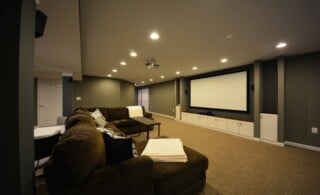 Your Bat Cave: Finished Basements
Your Bat Cave: Finished Basements 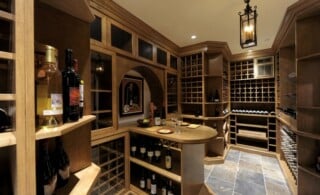 Custom Wine Cellars Add Form to Function
Custom Wine Cellars Add Form to Function 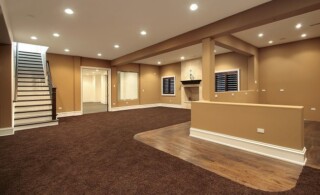 Basement Conversion Ideas
Basement Conversion Ideas 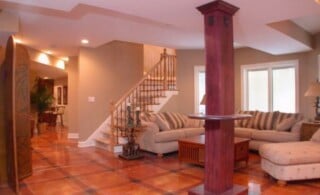 5 Basement Remodel Ideas That Add Value
5 Basement Remodel Ideas That Add Value 

Are You Familiar With This Topic? Share Your Experience.